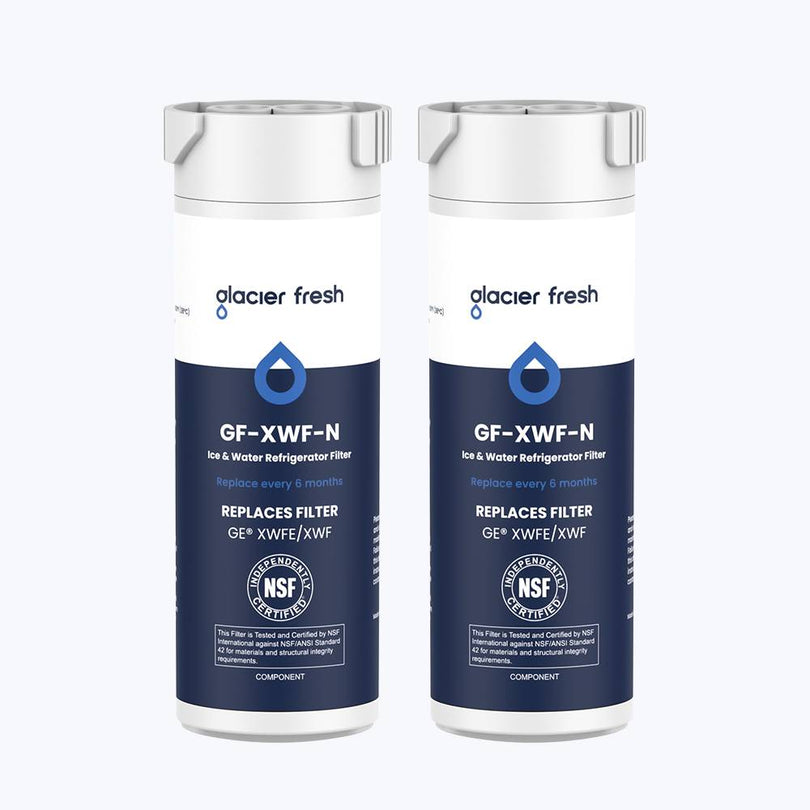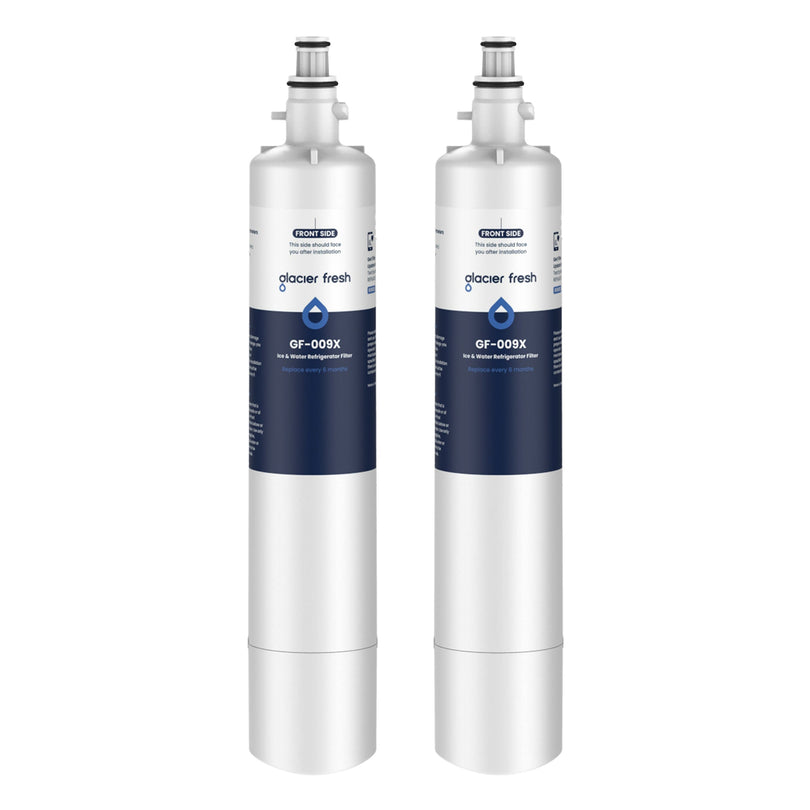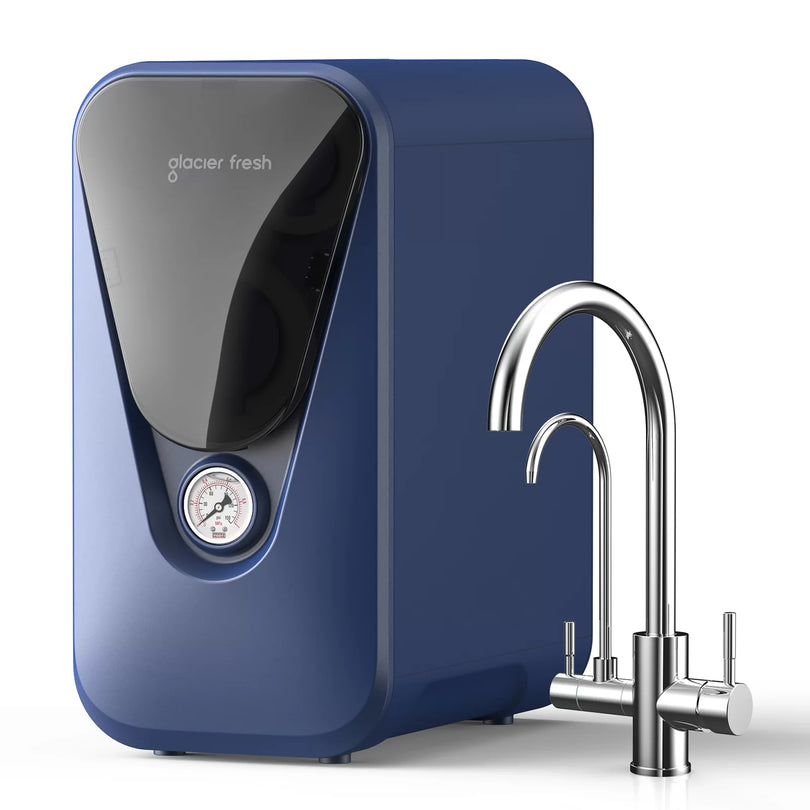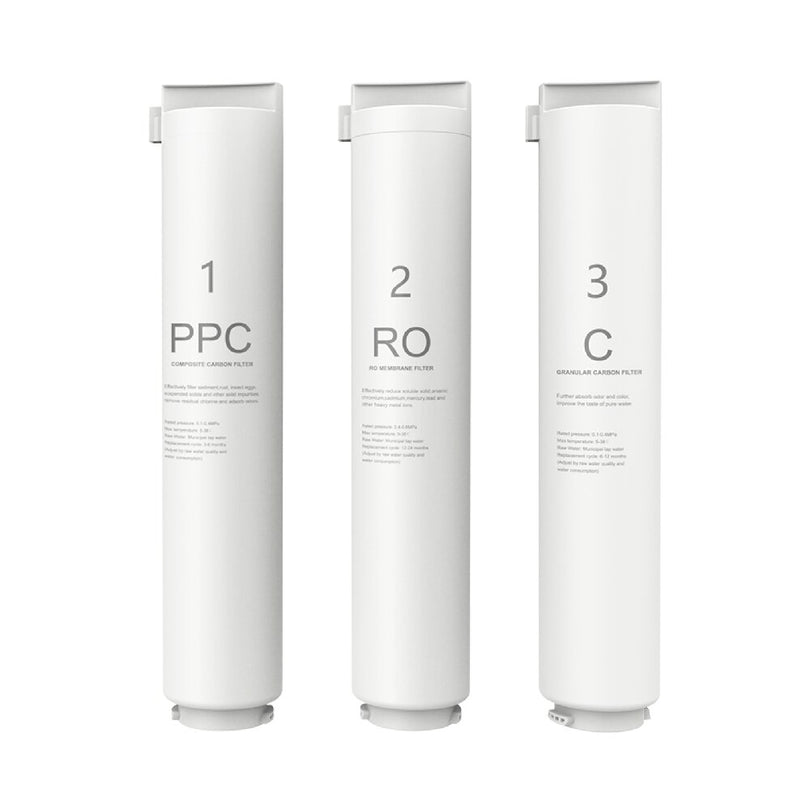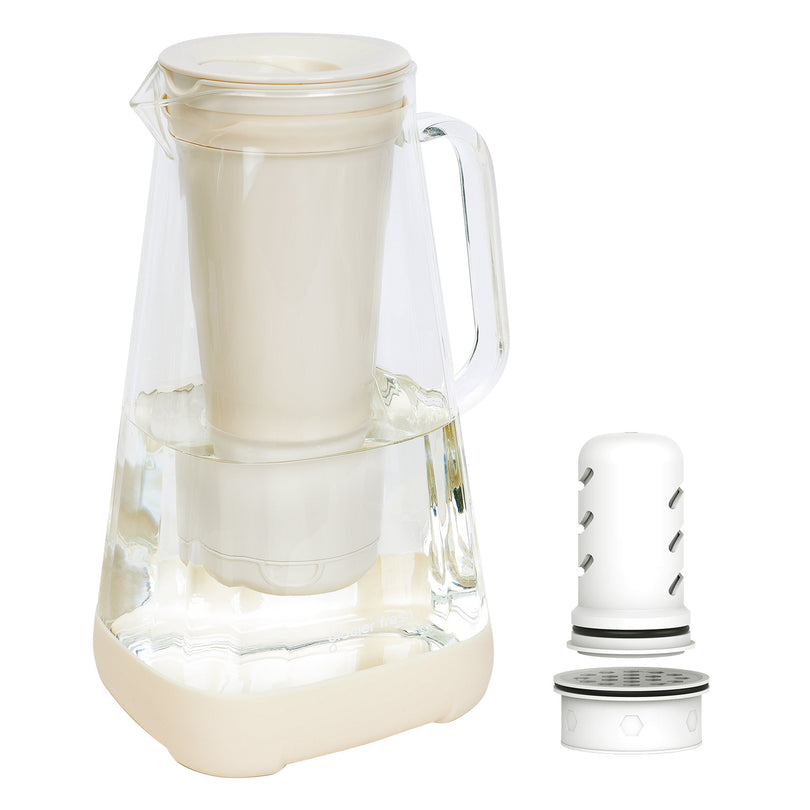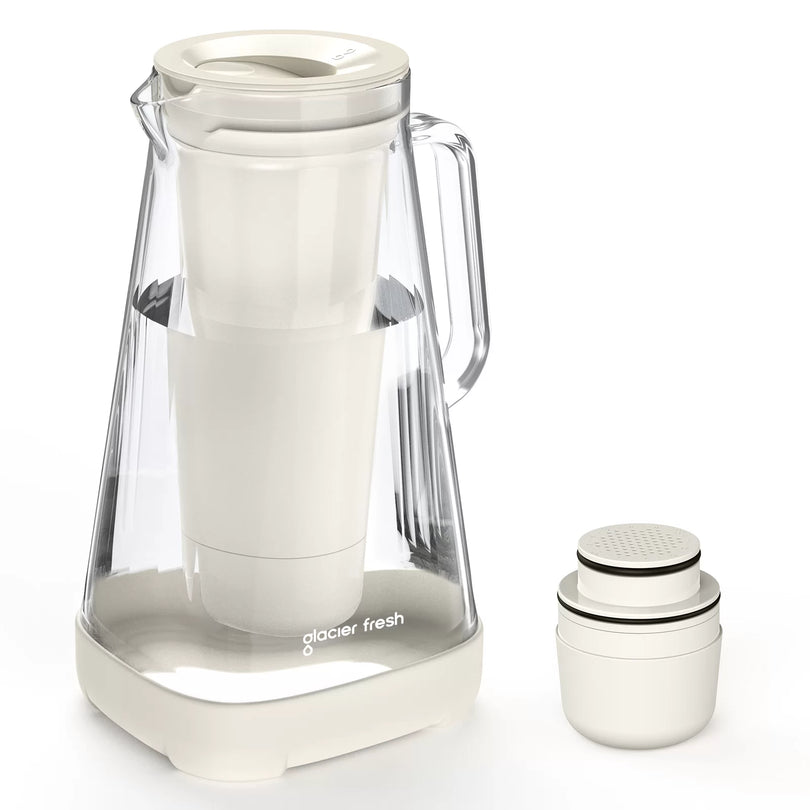Table of Contents:
What Is a Reverse Osmosis (RO) System?
How to Choose the Best RO Water System for Home
Best RO Water Filter System in 2026
How Often to Replace Reverse Osmosis Filters
FAQs
Conclusion
Every home deserves good, clean water. That’s why folks are buzzing about the latest best RO system; smarter, smaller, and way more efficient than before. It’s 2026, people don’t just want their water safe, they wanna taste the difference too. No fuss installation? Low-maintenance? That’s the dream, ain’t it right?
It’s not just kitchens anymore. RVs, cramped offices, anyplace with a tap. People want a system that actually does the job without wrestling with manuals or coughing up cash for endless upkeep. But here’s the kicker: sorting through the flashy specs to find the real deal? That’s where things get tricky.
What’s actually gonna work for your spot, and your family? Sketchy RO rigs will cut corners, skimp on filters, and leave water tasting like plastic. Scrutinizing what sets top-tier RO water filters apart is essential for acquiring the desired one. If you won’t care about it for yourself, at least start caring about it for the people you hold close.
What Is a Reverse Osmosis (RO) System?
A reverse osmosis (RO) system is an optimized and state-of-the-art physical water filtration system. When operating, it eradicates up to 99 percent of pollutants in water by pushing the water through a semi-permeable membrane. This procedure gets rid of toxic elements such as lead, chlorine, fluoride, and nitrates, as well as microplastics.
As compared to the conventional filters, RO systems incorporate several steps, including pre-filters, RO membranes, and post-carbon filters, to provide the cleanest and purest water. It is not merely safe water, but drinking, cooking, and other beverage water that is tastier. Modern RO systems rank smaller, less energy-consuming, and more user-friendly; thus, they are the paramount investment for families who want to have peace of mind when it comes to the quality of water.
However, before installation, it’s worth understanding some reverse osmosis disadvantages — such as water waste during filtration and the removal of beneficial minerals — so you can make an informed decision about what system best fits your needs.
How to Choose the Best RO Water System for Home
When purchasing the best RO systems, it is better to pay attention to performance and practicality. Here’s what to look for:
-
Filtration Efficiency: Devices featuring multi-stage filtration, eliminating impurities without excessive waste of liquid resources, are preferred.
-
Flow Rate: This metric, often listed as gallons-per-day (or GPD for short), is the quickness of water flow and the speed of the entire operation.
-
Tank vs. Tankless: Tankless systems are more space-saving and offer fresh water on demand.
-
Ease of Installation: The under-sink or countertop designs must provide fast installation and easy-to-change filters.
-
Smart Features: The 2026 RO models have a variety of smart features, such as the TDS indicators, leak sensor, and connection to the app to monitor it in real time.
Through these factors, you will be able to choose a good RO system that best suits your requirements in the house, whether it is a small apartment or a big family. It’s also important to know that while RO water is exceptionally pure, some users wonder whether reverse osmosis (RO) water is safe and healthy to drink.
Best RO Water Filter System in 2026
The year 2026 has brought forward a new generation of reverse osmosis systems that blend cutting-edge filtration with modern convenience. Below are some of the top-performing models recognized for their quality, design, and efficiency.
GlacierFresh U03 Under-Sink RO System
The GlacierFresh U03 Under-Sink RO System is a leading competitor in the small design and good performance. The system produces 800 gallons per day (GPD) of water, which is tankless and thus offers an immediate supply of purified water and conserves on the use of cabinet space.
Key Features:
-
High-level 5-stage filtration eliminates 99 percent of the dangerous impurities.
-
Smart interface to monitor water quality.
-
Under-sink design that saves space and is conducive to the contemporary kitchen.
-
The filter can be changed in a matter of seconds, and no tools are required.
The GlacierFresh U03 is extremely efficient and produces little wastage, making it suitable for homeowners wishing to have crisp, clean water with little maintenance.
GlacierFresh RV Reverse Osmosis System
The GlacierFresh RV Reverse Osmosis System is the perfect system to be used by travelers and adventurers to have clean water at any place. This is a compact unit that has the same quality of filtration as home RO systems, but the flexibility and strength needed to survive on the road.
Key Features:
-
The small, lightweight structure fits well in RVs, campers, or boats.
-
The filtration process is done in multiple stages and eliminates chlorine, fluoride, and heavy metals.
-
Quick installation with fittings that fit easily.
-
Constructed to work with low water pressure, such as in the case of RVs.
The model is popular among travel lovers who do not wish to sacrifice the quality of water in the process of traveling. Using Glacier Fresh, you will be able to use pure and safe water from all sources, including remote campgrounds.
Apecwater Tankless RO System

Apecwater has a name in the industry of water filtration, and it is currently offering a tankless RO system that provides an unlimited supply of clean water without having to store it in large tanks. Apecwater has a good reputation for being reliable and durable with its multi-stage purification unit design and an environmentally friendly structure that minimizes the waste of water.
Key Features:
-
Uninterrupted flow has a tankless design.
-
High-quality, long-life-span filters.
-
Small and sleek look in under-sink installations.
-
Green and compliant with the most effective safety standards.
-
The Specwater model is an excellent option in the case of homeowners who would like to have a low-maintenance, yet high-efficiency, water purification system.
The Specwater model is a great choice for homeowners who prefer a low-maintenance and high-efficiency water purification solution.
Expresswater Countertop RO
The Expresswater Countertop RO system is a highly regarded system available to renters or those who would rather not install a full system, but instead have a portable one, giving them the performance they desire without installing a full water system. Just plug it in and have purified water right away.
Key Features:
-
Best when used in apartments or small areas.
-
Fast installation—no plumbing needed.
-
Four stages of filtration remove chlorine, fluoride, and microplastics.
-
Cost-effective and energy efficient.
This countertop model is a good performer, in spite of its size, giving convenient movement to a household, office, or dorm.
How Often to Replace Reverse Osmosis Filters
It is also important to maintain your RO system filters regularly so that the system can operate optimally. The filters of most systems have to be changed after 6 to 12 months, depending on the use and quality of water. The heart of the system is the RO membrane, and this normally lasts 2 to 3 years.
Here’s a quick breakdown:
-
Sediment Filter: Once every six months.
-
Carbon Filter: Every 6–12 months.
-
RO Membrane: Every 2–3 years.
-
Post Carbon Filter: Once every 12 months.
Maintaining systems such as the GlacierFresh U03 under-sink ro system is easy, as there are indicator lights reminding you when it is time to change filters so that your water is not contaminated throughout the year.
FAQs
Are RO systems suitable for well water?
Yes, the best RO systems can take well water, but you will probably need to use a pre-filter to do away with sediment or iron-laden sources.
How much water does an RO system waste?
The contemporary systems are more efficient. Other models, such as the GlacierFresh U03, have a low ratio of 2:1 of the wastewater to water ratio, i.e., it consumes less water per gallon of purified water.
Can I install an RO system myself?
The majority of the current systems are supplied with DIY kits. Under-sink models such as the GlacierFresh can be installed within an hour.
Does RO water remove essential minerals?
RO doesn’t know how to make exceptions; it removes all micro-elements, be it impurities or minerals alike. Supplements can be used to remineralize the water if one wishes to.
Conclusion
The best RO systems of 2026 are redefining water filtration, delivering pure, great-tasting water while being efficient and easy to maintain. Whether you choose the GlacierFresh U03 Under-Sink RO System for home use or the GlacierFresh RV Reverse Osmosis System for on-the-go purification, you’re investing in quality, innovation, and long-term health.
With brands like Apecwater and Expresswater also offering excellent alternatives, there’s an RO system to fit every lifestyle and budget. By upgrading to one of the best RO systems in 2026, you ensure that your family enjoys safe, refreshing water every single day.



